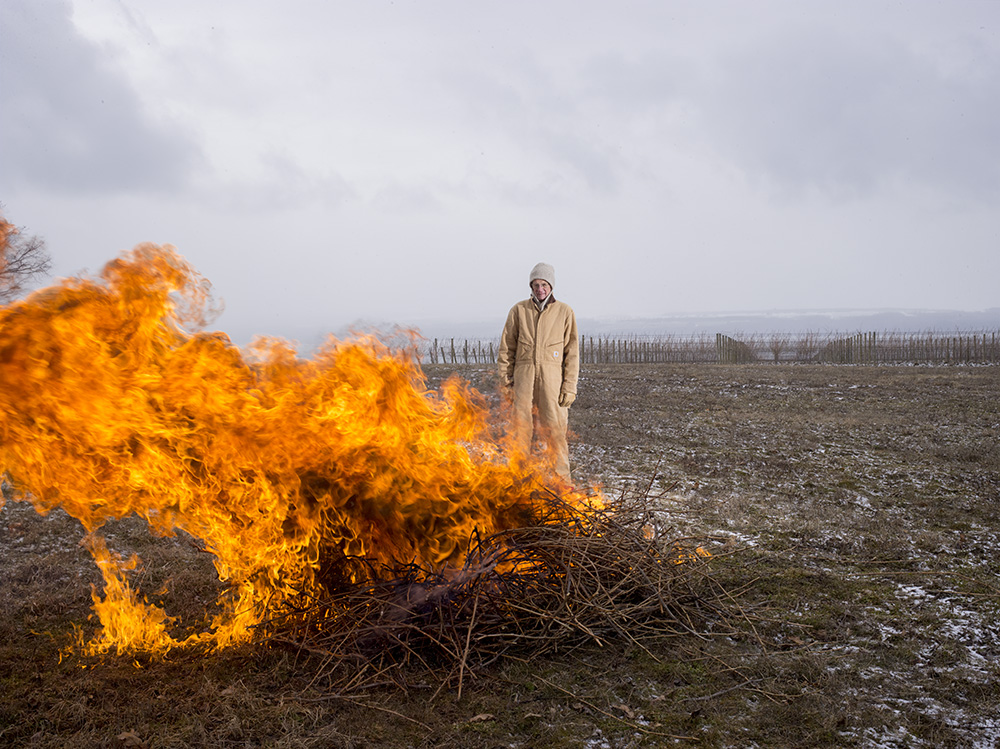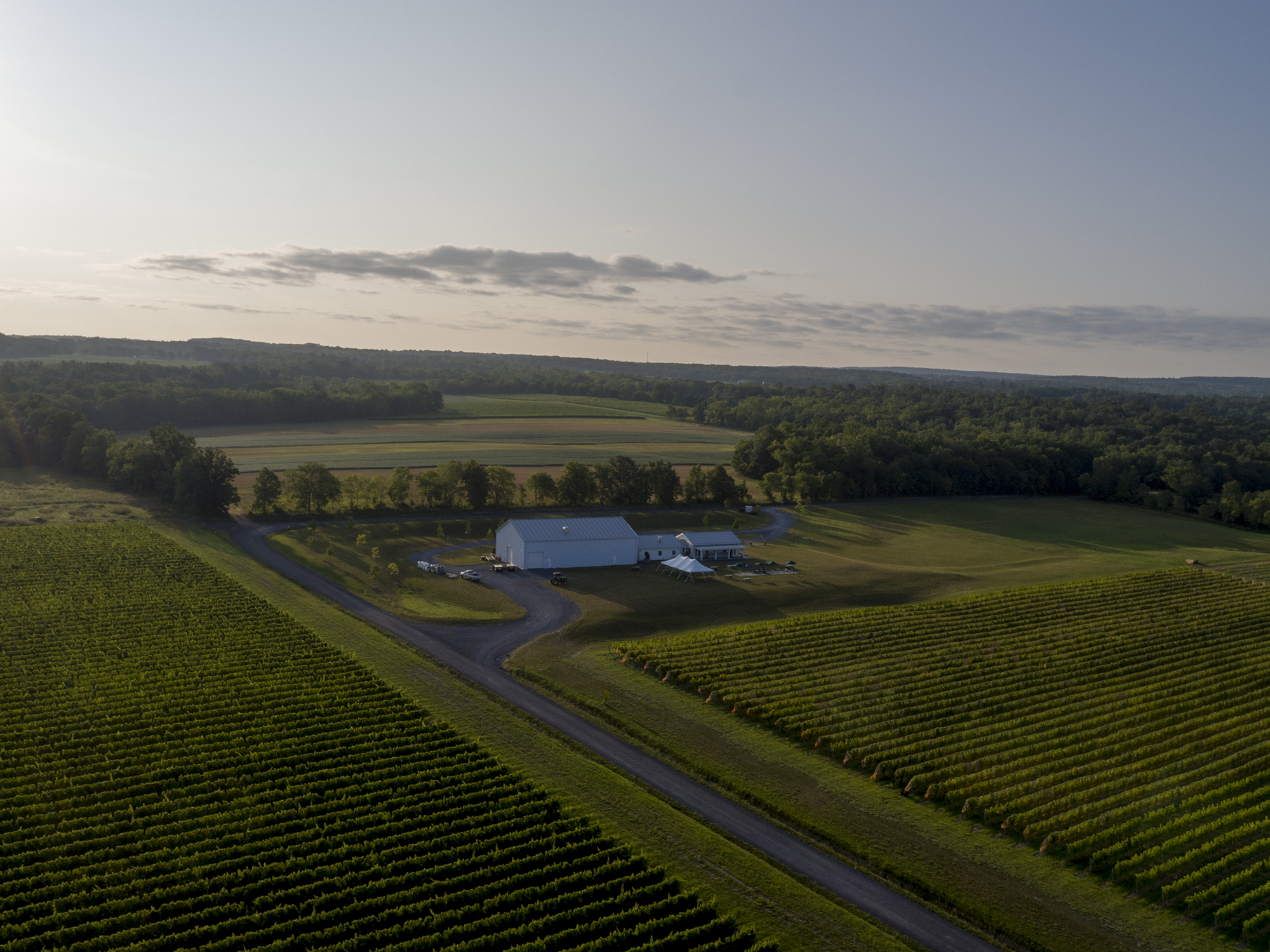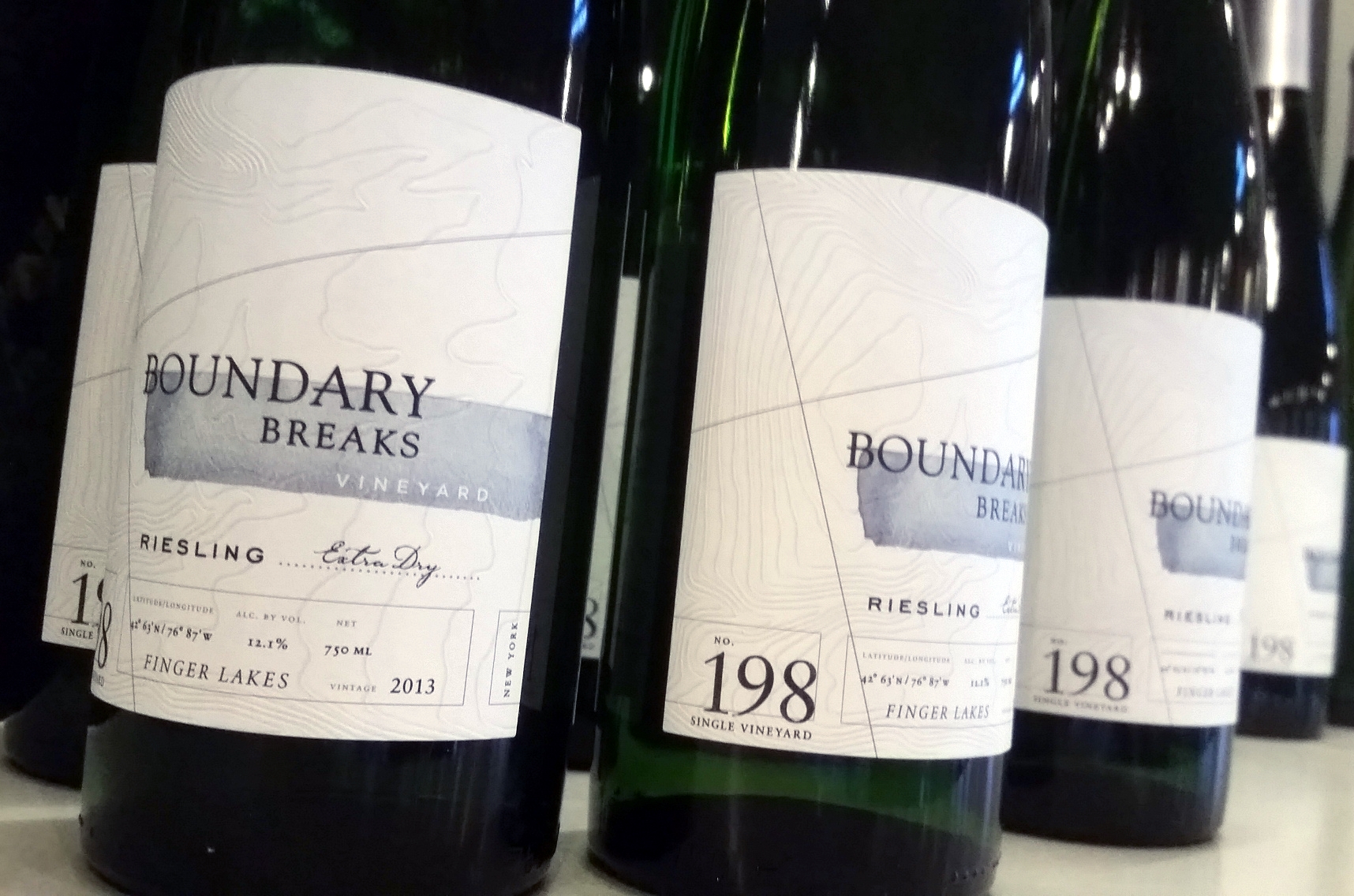

#BOUNDARY BREAKS WINERY FULL#
Most people have not spent a full season working in the vineyard, so all the steps we take will sound new to them. Proper pruning sets the stage for all of the individual steps that occur during the season to ensure the maximum ripeness of the fruit. That means 3,000 minutes of pruning per acre! We plant about 1,000 vines on each acre of vineyard. It takes about three minutes to prune the growth from the prior season off each vine. One of the most important steps with each vine is to prune it prior to the spring to prepare it for the coming season. We also remove the leaves near each cluster to allow sunlight to reach and ripen every berry.Īnd this is only part of the story of what we do in the vineyard. It works just that way for us.ĭuring the season, to ensure that our grapes receive maximum sun exposure, we position the growing shoots by hand, tucking them behind trellis wires, to keep them from shading the clusters of fruit.

The trellis system is designed to provide maximum yield at a maximum level of ripeness. We chose one called “Scott Henry”, invented by an innovative grape grower in Oregon. There are many options for trellis systems. Once you have planted vines, you need to choose a “trellis system” which supports the vine and all the fruit that it carries. A dry vineyard floor keeps the mold in check, and allows us to leave our fruit out longer to get as ripe as possible. The other benefit of a well-drained vineyard is that the ground stays dry in the fall, when excessive moisture on hot days creates an ideal environment for mold to form on leaves and berries. Vines with deeper roots also fare better in the winter when temperatures fall below zero and the upper layers of the soil (including the roots) freeze. Deeper roots mean healthier, drought-tolerant vines. We installed this tile four feet underground, so that the vines roots would need to reach at least that far to find the moisture they need. Grapevines do better in drier soils, so to ensure our soils stay dry, we installed drainage pipes called “tile” underneath the entire vineyard. Our soils have a high clay content, which means they retain moisture. We started with bare ground and asked ourselves, “How do we do this in a way that it will benefit the people growing grapes here 100 years from now?” To give ourselves the best chance of success, we began the development of the vineyard even before we planted any vines. We want our fruit to get ripe every single year-no matter what kind of weather the season gives us. When fruit is under-ripe, its juice can be overly acidic and lack flavor (think of biting into an under-ripe peach.) Here at Boundary Breaks, when we aim for “ripeness,” we are aiming for more than “sweetness ” we are also aiming for “flavor.” In either case, the result can be a harvest of under-ripe fruit. At Boundary Breaks, we grow each of these varieties and produce wines that express the full range styles that are possible from such classic grapes. The lakes also make it possible to produce world-class wines from varieties that are known to flourish in cooler climates.Ĭool-climate varieties include Riesling, Gewurztraminer and Cabernet Franc. These lakes, and the glaciers that created them, make it possible to grow grape varieties that otherwise would not survive the cold winters.

This means grapes planted closer to the shore of the lake are likely to get riper during the short growing season. The warmer temperatures near the shores of Seneca Lake create a more hospitable climate for grape vines planted there. Temperatures near shores of the lake during the winter are warmer than temperatures at higher elevation a short distance away. Even though winter temperatures can fall below zero, Seneca Lake rarely freezes over.īecause Seneca Lake is so large and deep, it moderates the weather conditions around its shores. Seneca Lake is the deepest of the eleven Finger Lakes in Central New York.


 0 kommentar(er)
0 kommentar(er)
